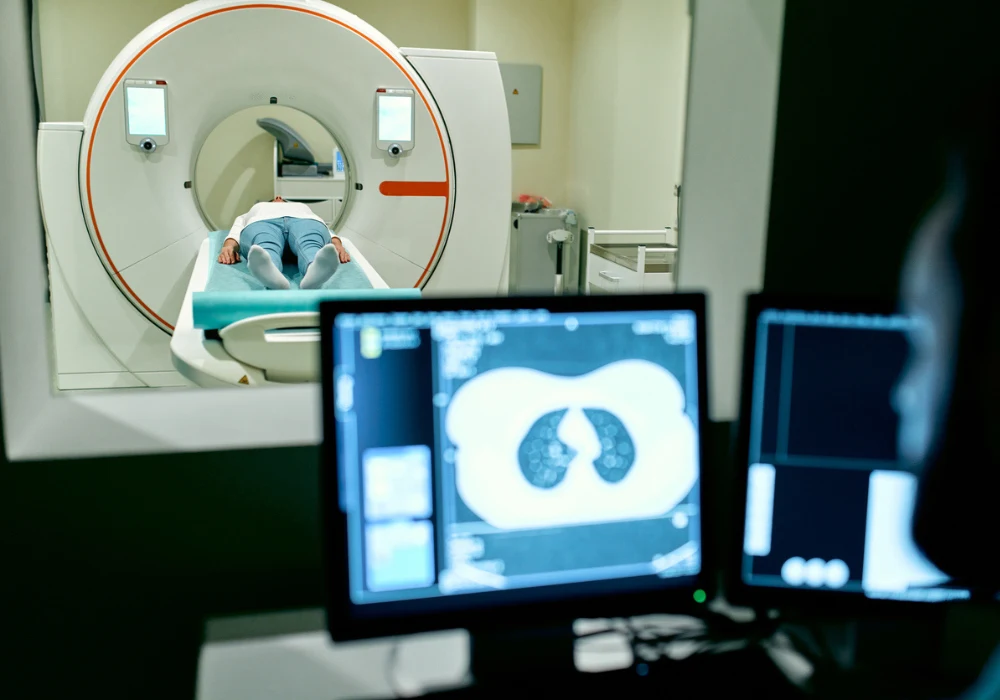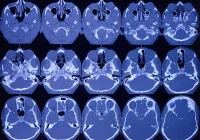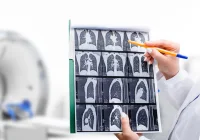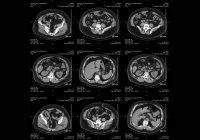Ensuring high diagnostic image quality (IQ) while minimising radiation dose remains a fundamental challenge in computed tomography (CT). Traditionally, subjective evaluation by radiologists has served as the gold standard for IQ assessment, but this method is limited by variability and inefficiency. Reference-free, objective IQ assessment methods provide a promising alternative, especially as clinical demands shift towards automation, scalability and consistency. By focusing on intrinsic image characteristics such as noise, contrast and spatial resolution, reference-free methods overcome the limitations of requiring a reference image and pave the way for integration into real-time clinical workflows.
From Manual Techniques to Automated Assessment
Recent studies show a clear shift from manual to automatic and AI-based approaches in evaluating CT image quality. Manual methods, while precise in specific contexts, are laborious and susceptible to human error. For instance, one method measured local noise power spectrum by placing regions of interest (ROIs) in photon-counting CT images. Although effective, such approaches lack scalability and depend heavily on operator skill.
In contrast, automatic methods apply deterministic algorithms to assess IQ across the entire scan or series. Techniques such as edge-preserving filters, histogram-based analysis and noise estimation in air or uniform tissue regions allow robust evaluation without repeated scans. For example, the Global Noise Level and Global Noise Index quantify noise using tissue segmentation and statistical analysis, offering broader applicability across scan types. However, these approaches still depend on accurate segmentation, which can be disrupted by anatomical variations or artefacts.
AI-based methods, particularly those using convolutional neural networks, automate IQ evaluation by learning from large annotated datasets. Some models estimate pixel-wise noise using training data from phantom scans, while others predict general IQ scores aligned with radiologist perceptions. These methods demonstrate strong potential for integrating subjective-like judgment into automated systems, though their success depends on extensive validation and generalisability.
Measuring Key Image Quality Metrics
Each IQ metric—noise, contrast and spatial resolution—requires tailored assessment techniques. Noise evaluation focuses on eliminating anatomical structures to isolate random variation, using methods ranging from subtraction of adjacent slices to deep learning models trained on true noise maps. These approaches yield global or regional noise scores applicable in a range of anatomical contexts.
Contrast assessment methods include manual line-density analyses and automated evaluations using organ-specific ROI placement or histogram-derived metrics. While manual techniques provide precise measurements between defined tissues, automated techniques enable broader and standardised contrast assessment. Some methods use pre-defined templates or full-image histograms to measure Hounsfield unit distributions, capturing contrast variations without user input.
Spatial resolution has historically been evaluated by manually measuring edge sharpness through slope calculations across defined anatomical borders. These methods are precise but limited by observer variability and local applicability. Automated approaches now offer system-wide assessments using the edge spread function across air-skin interfaces or structure coherence features to define homogeneous and edge-containing regions. These techniques improve reproducibility but remain sensitive to segmentation quality and image noise.
Towards Comprehensive and Scalable IQ Assessment
Beyond traditional metrics, newer methods aim to integrate multiple image attributes or evaluate IQ in a task-specific context. These include estimability and detectability indices designed to assess how well CT systems visualise specific clinical features such as lesions or stenosis. Although tailored to particular diagnostic goals, these task-based metrics are not easily generalisable to other applications.
AI approaches are beginning to address broader challenges such as perceptual IQ estimation and diagnostic image classification across variable scanners and protocols. These models, trained with self-supervised or machine learning strategies, offer potential for standardising IQ assessment across institutions. However, they face key limitations: the need for large, diverse datasets, reliance on robust segmentation and the absence of a universal reference standard for validation.
Despite progress, two major gaps persist: the lack of integrated metrics combining noise, contrast and spatial resolution into a single IQ score, and the absence of standardised validation frameworks. The field still relies on subjective assessments as the benchmark, creating a circular dependency when evaluating objective methods that aim to surpass these traditional standards.
Objective, reference-free IQ assessment in CT imaging is undergoing a significant transformation. Manual, ROI-based techniques are gradually being replaced or supplemented by automated and AI-driven methods that promise reproducibility, scalability and integration into clinical workflows. While each approach has specific strengths, no single method has emerged as universally optimal. Continued development is needed to create comprehensive, segmentation-independent IQ metrics and to expand training datasets for AI models. Standardised benchmarks and validation protocols will be essential for translating these advancements into routine practice, ultimately enhancing patient care through consistent and optimised image quality.
Source: Insights into Imaging
Image Credit: iStock










